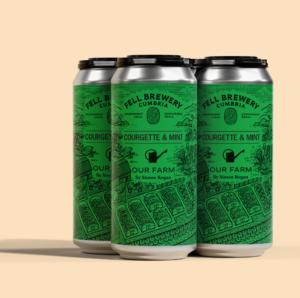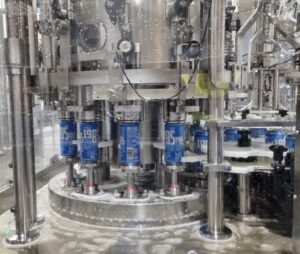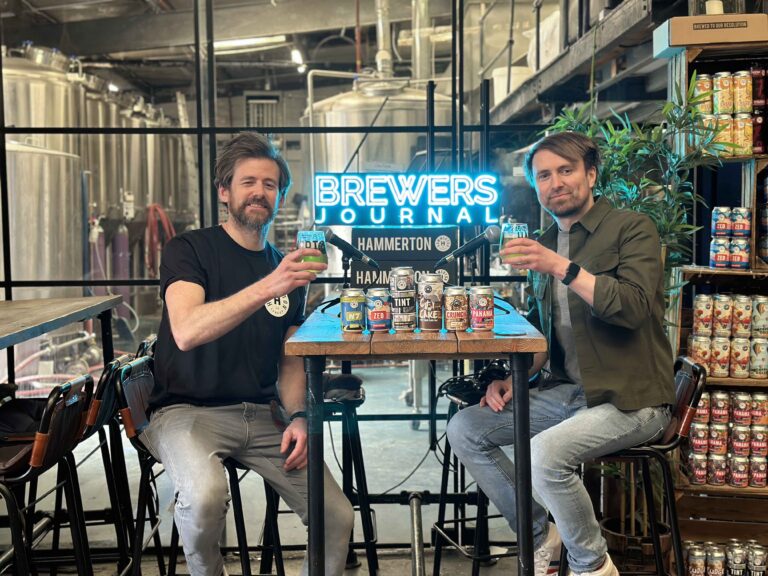Late-hopping and dry-hopping can, and will, contribute to the measured IBU value of beer. By understanding these contributions and calculating the ‘utilisation’ of each addition, it becomes much easier to produce consistent flavour in your finished product, explains Dr Lee Walsh, account manager at QCL.
I think it is safe to say that the majority of beer styles being produced by craft brewers at the moment tend to be very hop-forward and of course to get this, the brewers are using a hell of a lot of hops (which can be costly!). It is surprising to me then to find that almost none of the breweries that I visit have a way to accurately measure IBU (International Bitterness Units) in their beer.
Well what is an IBU then? Traditionally, this is seen as approximately 1 mg/L iso-alpha acids in the beer being measured and iso-alpha acids would come from isomerisation of alpha acids found in hops during the boil phase of brewing. These iso-alpha acids can be measured using a solvent extraction and reading on a spectrophotometer to give a measured IBU value.
In a previous case study that I wrote with Hackney Brewery, we found that IBU value doesn’t just come from boiled hops and you can actually have IBU value pick up from late-additions (whirlpool) and dry-hop additions. The important take-away message from this information should not be “what causes the increase in IBU value”, but instead “These hop additions have an effect on IBU value, that means I can have better control over this part of the process!”.
How?
Many craft brewers that I have visited will be using an online calculator to estimate the IBU value of a beer, based on the Alpha Acid % (AA%) of the hops being added. The main problem here is the ‘hop-utilisation’ quoted for each hop addition, becomes less accurate the further away from the boil (flame out – whirlpool – dry-hop).
By measuring the IBU value at each stage – during boil, post-boil, during whirlpool, after whirlpool, before dry-hop, after yeast addition – you can begin to build up an accurate picture of hop-utilisation throughout the process.
How many IBUs are you gaining from the late-addition and dry-hop addition?
How many IBUs are you losing after you add the yeast?
bThe best demonstration of this, is in Figure 1 below where absolutely no hops were boiled and the resulting IBU value for the beer ended up at 62 IBU. The majority of this comes from the late-addition hops, but there is still roughly 20 IBUs contributed from dry-hopping and about a 25% reduction in IBU value after the yeast is added.
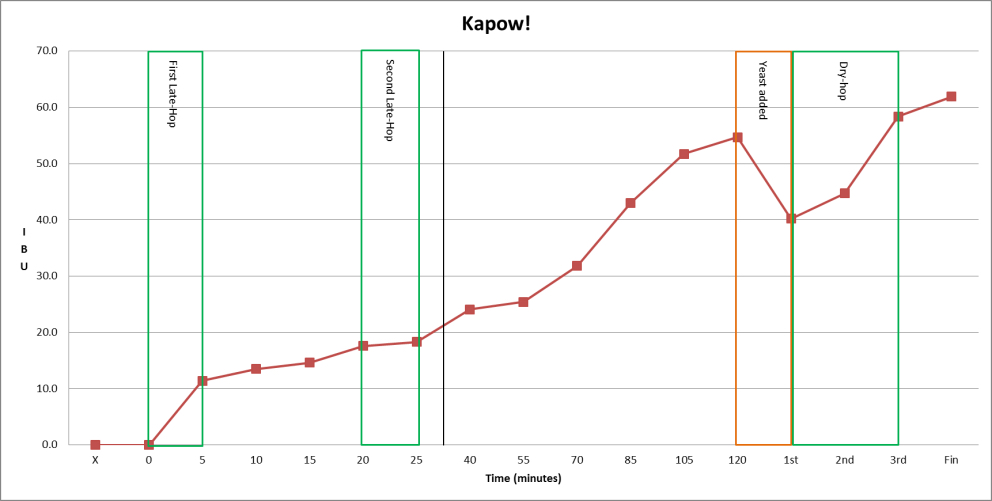
Using the data from this study, I worked with Jon from Hackney Brewery to create a digital brew-sheet with accurate hop-utilisation figures for each addition and included the rough IBU reduction from yeast addition. This meant that upon delivery of the hops to be used for each batch, the AA% is entered into the brew-sheet, automatically changing the weight of each hop-addition to achieve the desired IBU value of the finished beer.
Not convinced?
In Figure 2 below is the spreadsheet showing calculated IBU for a recipe, using the new hop utilisation figures and the measured IBU on the printed result from the Hackney Brewery CDR BeerLab.
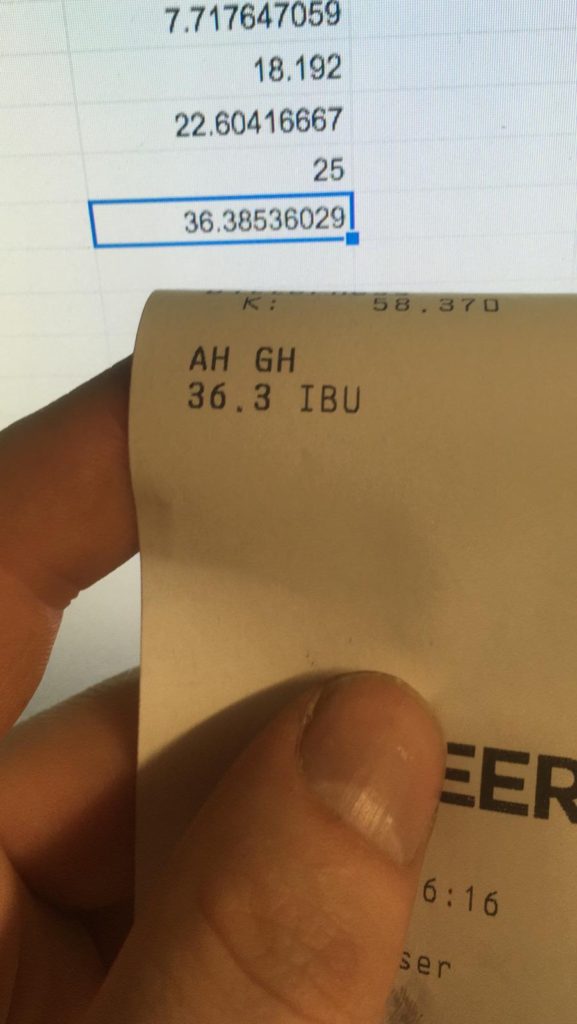
Summary
It should be clear that late-hopping and dry-hopping can and will contribute to the measured IBU value of beer. By understanding these contributions and calculating the ‘utilisation’ of each addition, it becomes much easier to produce consistent flavour in your finished product.
If you would like to discuss how you can do this in your brewery, please feel free to get in touch: Lee.Walsh@qclscientific.com

